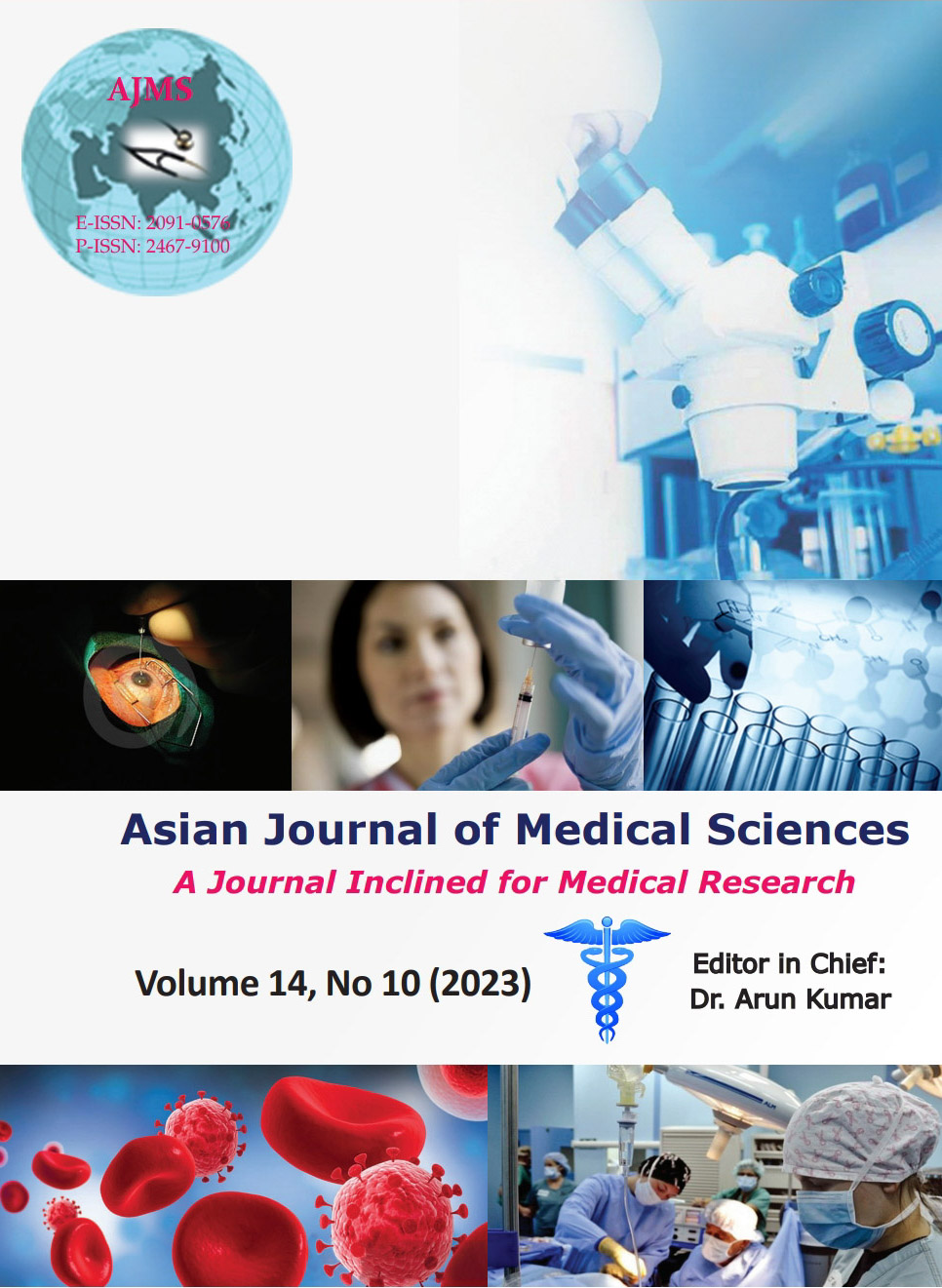Evaluation of breast cytology by applying modified Masood’s scoring system
Keywords:
Fine-needle aspiration cytology; Modified Masood’s Scoring Index; Breast lesionAbstract
Background: The occurrence of breast cancer is increasing worldwide with peak incidence occurring above the age of 50 years in developed countries, whereas in india, it is above the age of 40. Fine-needle aspiration cytology (FNAC) is a quick, easy, and cost-effective diagnostic tool for breast disease, and also helpful to differentiate between various benign and malignant lesions of breast.
Aims and Objectives: (1) to assess the usefulness of Modified Masood’s Scoring Index (MMSI) in breast cytology. (2) To study cytohistopathological correlation in breast lesions. After the FNAC of breast lesion, classify the breast lesion based on MMSI and histopathology.
Materials and Methods: A hospital-based prospective study was conducted between March 2021 and September 2022 on 183 patients who were referred for FNAC from the surgery department to the cytology section of the Pathology Department at Netaji Subhash Chandra Bose Medical College Hospital in Jabalpur, Madhya Pradesh.
Results: In our study, the largest group of cases (45.90%) was in the 20–39 age range, with a mean age of 37±14.65. The majority of cases (60.6%) belonged to category II (proliferative breast disease [PBD] without atypia) with a mean MMSI score of 11.35±5.55. The cytological findings showed a correlation of 98.20% with MMSI in category II and 88.68% in category IV, while the histopathological findings showed a correlation of 89.52% with MMSI category II and 98.15% with MMSI category IV. Fibroadenoma (FA) was the most common finding on histopathological examination, accounting for 120 cases (65.6%).
Conclusion: The MMSI is an effective tool to complement cytomorphological diagnosis in breast lesions, including PBD with or without atypia and carcinomas. It is particularly valuable in the early management and prognosis of patients, as treatment options can vary based on the MMSI score.
Downloads
Downloads
Published
How to Cite
Issue
Section
License
Copyright (c) 2023 Asian Journal of Medical Sciences

This work is licensed under a Creative Commons Attribution-NonCommercial 4.0 International License.
Authors who publish with this journal agree to the following terms:
- The journal holds copyright and publishes the work under a Creative Commons CC-BY-NC license that permits use, distribution and reprduction in any medium, provided the original work is properly cited and is not used for commercial purposes. The journal should be recognised as the original publisher of this work.
- Authors are able to enter into separate, additional contractual arrangements for the non-exclusive distribution of the journal's published version of the work (e.g., post it to an institutional repository or publish it in a book), with an acknowledgement of its initial publication in this journal.
- Authors are permitted and encouraged to post their work online (e.g., in institutional repositories or on their website) prior to and during the submission process, as it can lead to productive exchanges, as well as earlier and greater citation of published work (See The Effect of Open Access).




